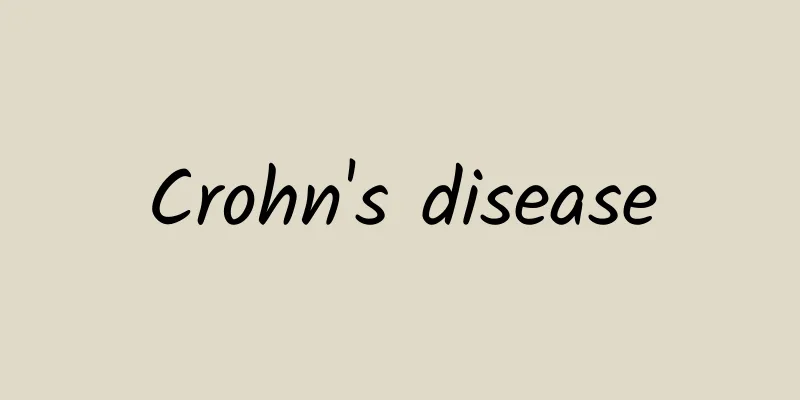What causes hemorrhoids and how to prevent them

|
Hemorrhoids is a disease that we are all familiar with, and it is the most common anorectal disease in China. Generally, the incidence of hemorrhoids increases with age. So what exactly causes hemorrhoids? Causes There are two main theories about the cause of hemorrhoids. The first is the varicose vein theory, which holds that hemorrhoids are venous masses formed by congestion, dilation, and tortuosity of the venous plexus under the mucosa of the lower rectum and under the skin of the anal canal. However, the widely accepted theory at present is Thomson's anal cushion migration theory, which holds that hemorrhoids were originally normal anatomical structures in the anal canal, namely the vascular cushion, which is a ring-shaped spongy tissue band 1.5 cm above the dentate line. Only when the anal cushion tissue becomes abnormal and is accompanied by symptoms can it be called hemorrhoids and require treatment. The purpose of treatment is to relieve symptoms rather than eliminate hemorrhoids. There are many factors that cause hemorrhoids, among which constipation, long-term drinking, eating large amounts of irritating foods and sitting or standing for long periods of time are the main causes. Clinical manifestations 1. The main manifestation is blood in the stool, which may be painless, intermittent, fresh blood after defecation, blood dripping during defecation or blood on toilet paper, and aggravated by constipation, drinking or eating irritating foods. 2. Simple internal hemorrhoids are painless but only cause a feeling of heaviness and distension. They may bleed and develop into prolapse. Pain only occurs when combined with thrombosis, incarceration, and infection. 3. Internal hemorrhoids are divided into 4 degrees. ① Grade I bleeding during defecation, the bleeding stops on its own after defecation, and the hemorrhoids do not protrude from the anus; ② Grade II often bleeding in the stool; the hemorrhoids protrude from the anus during defecation, and return to the anus automatically after defecation; ③ Grade III hemorrhoids need manual assistance to return to the anus after prolapse; ④ Grade IV hemorrhoids stay outside the anus for a long time and cannot be returned to the anus; Among them, internal hemorrhoids above Grade II often form mixed hemorrhoids, which are manifested by the simultaneous presence of symptoms of internal and external hemorrhoids, and may cause pain, discomfort, and itching. The itching is often due to the outflow of sticky secretions when the hemorrhoids prolapse. The last three degrees often become mixed hemorrhoids. 4. External hemorrhoids usually have no special symptoms, but swelling and pain may occur when thrombosis and inflammation occur. |
<<: Why does my right middle finger hurt?
>>: What is meridian scraping and what are the effects of scraping?
Recommend
Why do I feel chest tightness and shortness of breath? Be alert if you experience these symptoms!
When you experience chest tightness and shortness...
Can I eat peanuts while taking Chinese medicine?
The effect of traditional Chinese medicine in tre...
What causes high triglycerides?
Human health also needs self-protection. Many peo...
How to take Phellinus igniarius for the best effect
Most of the Coriolus versicolor can be best taken...
The latest advances in autism medication
People compare children with autism to stars in t...
What are the serious symptoms of aspirin allergy
Aspirin is a relatively common western medicine. ...
What is the reason for cupping to turn black?
Cupping is very beneficial to people's health...
Will urinary tract infection affect the fetus?
The mother's physical health has the greatest...
How to treat chronic rhinitis
Chronic rhinitis is a type of rhinitis, and rhini...
Medicinal herbs for nourishing waist and kidney
Nowadays, more and more people suffer from back p...
What fruits are good to eat when you have dampness?
People with heavy dampness can pay attention to c...
What medicine should I take for cystitis and urethritis?
Inflammation can be said to be women's bigges...
Does tuberculosis cause chest pain?
With the development of medicine, people with tub...
The impact of taking antihypertensive drugs on sexual function
Patients with hypertension need to take medicatio...
Can pregnant women drink honeysuckle at 8 months?
As the saying goes, pregnancy lasts for ten month...









